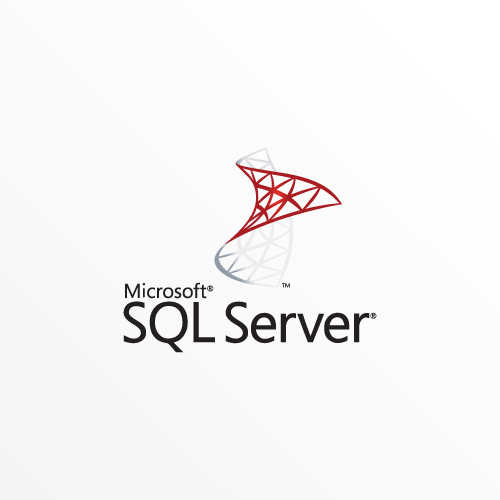Module 1: Introduction to Business Intelligence and Data Modeling
This module introduces key BI concepts and the Microsoft BI product suite.
Lessons
- Introduction to Business Intelligence
- The Microsoft business intelligence platform
Lab : Exploring a BI Solution
- Exploring a Data Warehouse
- Exploring a data model
Module 2: Creating Multidimensional Databases
This module describes how to create multidimensional databases using SQL Server Analysis Services.
Lessons
- Introduction to Multidimensional Analysis
- Data Sources and Data Source Views
- Cubes
- Overview of Cube Security
- Configure SSAS
- Monitoring SSAS
Lab : Creating a multidimensional database
- Creating a Data Source
- Creating and Configuring a data Source View
- Creating and Configuring a Cube
- Adding a Dimension to a Cube
Module 3: Working with Cubes and Dimensions
This module describes how to implement dimensions in a cube.
Lessons
- Configuring Dimensions
- Defining Attribute Hierarchies
- Implementing Sorting and Grouping Attributes
- Slowly Changing Dimensions
Lab : Working with Cubes and Dimensions
- Configuring Dimensions
- Defining Relationships and Hierarchies
- Sorting and Grouping Dimension Attributes
Module 4: Working with Measures and Measure Groups
This module describes how to implement measures and measure groups in a cube.
Lessons
- Working with Measures
- Working with Measure Groups
Lab : Configuring Measures and Measure Groups
- Configuring Measures
- Defining Regular Relationships
- Configuring Measure Group Storage
Module 5: Introduction to MDX
This module describes the MDX syntax and how to use MDX.
Lessons
- MDX fundamentals
- Adding Calculations to a Cube
- Using MDX to Query a Cube
Lab : Using MDX
- Querying a cube using MDX
- Adding a Calculated Member
Module 6: Customizing Cube Functionality
This module describes how to customize a cube.
Lessons
- Implementing Key Performance Indicators
- Implementing Actions
- Implementing Perspectives
- Implementing Translations
Lab : Customizing a Cube
- Implementing an action
- Implementing a perspective
- Implementing a translation
Module 7: Implementing a Tabular Data Model by Using Analysis Services
This module describes how to implement a tabular data model in Power Pivot.
Lessons
- Introduction to Tabular Data Models
- Creating a Tabular Data Model
- Using an Analysis Services Tabular Data Model in an Enterprise BI Solution
Lab : Working with an Analysis Services Tabular Data Model
- Creating an Analysis Services Tabular Data Model
- Configure Relationships and Attributes
- Configuring Data Model for an Enterprise BI Solution.
Module 8: Introduction to Data Analysis Expression (DAX)
This module describes how to use DAX to create measures and calculated columns in a tabular data model.
Lessons
- DAX Fundamentals
- Using DAX to Create Calculated Columns and Measures in a Tabular Data Model
Lab : Creating Calculated Columns and Measures by using DAX
- Creating Calculated Columns
- Creating Measures
- Creating a KPI
- Creating a Parent – Child Hierarchy
Module 9: Performing Predictive Analysis with Data Mining
This module describes how to use data mining for predictive analysis.
Lessons
- Overview of Data Mining
- Creating a Custom Data Mining Solution
- Validating a Data Mining Model
- Connecting to and Consuming a Data-Mining Model
- Using the Data Mining add-in for Excel
Lab : Using Data Mining
- Creating a Data Mining Structure and Model
- Exploring Data Mining Models
- Validating Data Mining Models
- Consuming a Data Mining Model
- Using the Excel Data Mining add-in





